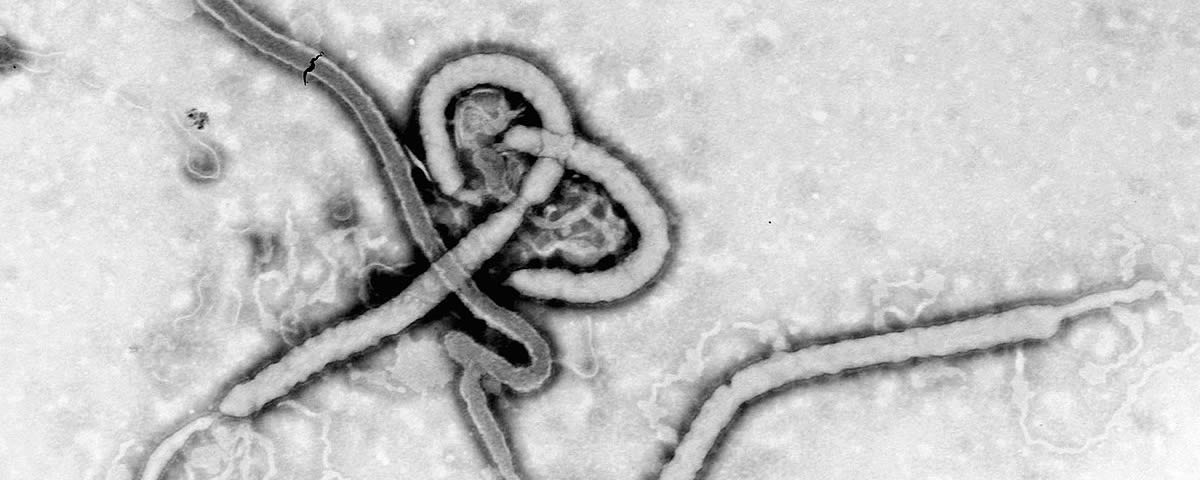Keep Dad Safe
13 August 2014Ebola Virus Disease (EVD) is extremely dangerous, having a fatality rate of up to 90%.
Transmission
EVD is introduced to the human population by infected animals through close contact with blood, secretions, organs and other bodily fluids. It is transmitted from human to human with infection resulting from direct contact (through broken skin or mucous membranes) with the blood, secretions, organs or other bodily fluids of infected people, and indirect contact with environments contaminated with such fluids.
Signs and Symptoms
Onset of symptoms after infection occurs between 2 and 21 days. It is characterized by the sudden onset of fever, intense weakness, muscle pain, headache and sore throat. This is followed by vomiting, diarrhoea, rash, impaired kidney and liver function, and in some cases, both internal and external bleeding.
Treatment
There is no specific treatment or vaccine at this stage. Some are being tested. Infected patients require intensive medical care.
Prevention and Control
It is best to avoid areas where an outbreak is suspected or know. Avoiding areas where potential animal carriers (pigs, monkeys, fruit bats…) is also advised.
When in close contact (within 1 metre) of patients with EBV, health-care workers should wear face protection (a face shield or a medical mask and goggles), a clean, non-sterile long-sleeved gown, and gloves (sterile gloves for some procedures).
For more information and updates visit:
World Health Organization: http://www.who.int/en/
Smart Traveller: http://smartraveller.gov.au/





